-
 WhatsApp: +86 19941574798
WhatsApp: +86 19941574798
-
 sale06@kfqizhongji.com
sale06@kfqizhongji.com
Polyurethane Wheels vs Rubber Wheels Pros and Cons
From industrial applications to everyday use, polyurethane wheels and rubber wheels have unique advantages and limitations. Understanding the pros and cons of each can help you make an informed decision based on your specific needs.
From industrial applications to everyday use, polyurethane wheels and rubber wheels have unique advantages and limitations. Understanding the pros and cons of each can help you make an informed decision based on your specific needs. Let's take a deeper look at the pros and cons of polyurethane and rubber wheels.
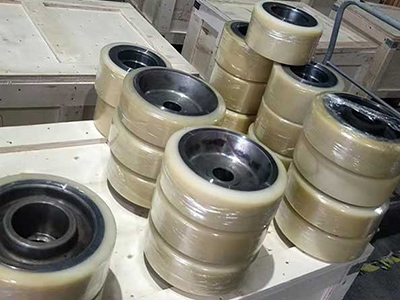
Polyurethane-coated wheels: pros and cons
Pros:
• Durability and Wear Resistance: Polyurethane wheels are known for their superior wear resistance compared to rubber wheels. They last significantly longer, especially when used in demanding environments, reducing maintenance costs and downtime.
• High load-bearing capacity: Polyurethane wheels can handle much higher loads than rubber wheels of the same size. This makes them ideal for heavy-duty industrial applications, such as material handling and machinery.
• Impact resistance: Polyurethane’s flexibility allows it to absorb shocks and vibrations, making it highly suitable for uneven surfaces and rough terrains. This shock-absorbing quality extends the wheel's lifespan and ensures smoother operation.
• Chemical and abrasion resistance: Polyurethane wheels perform exceptionally well in environments where exposure to chemicals, oils, or harsh weather conditions is a concern. Unlike rubber wheels, which can deteriorate from chemical exposure, polyurethane retains its performance.
Cons:
• Cost: Polyurethane-covered wheels are generally more expensive than rubber wheels. However, their long lifespan and durability often make them more cost-effective in the long run.
• Noise: While polyurethane wheels offer smooth movement, they can be noisier compared to rubber wheels, especially on hard surfaces. This may be a consideration in noise-sensitive environments.
Rubber wheels: pros and cons
Pros:
• Affordability: Rubber wheels are often less expensive than polyurethane wheels, making them a cost-effective option for applications with lighter loads or less demanding conditions.
• Softness and grip: Rubber wheels are generally softer, providing a higher level of traction and grip on smooth or slick surfaces. This makes them ideal for use in environments where slip resistance is a priority.
Cons:
• Limited durability: Rubber wheels wear out more quickly compared to polyurethane wheels, especially under heavy loads or on abrasive surfaces. This means more frequent replacements and higher maintenance costs over time.
• Lower load-bearing capacity: Rubber wheels generally have a lower load-bearing capacity than polyurethane, making them unsuitable for heavy-duty industrial applications.
• Susceptibility to weathering: Rubber can degrade when exposed to UV light, extreme temperatures, and certain chemicals, leading to cracks, brittleness, and a shorter lifespan.
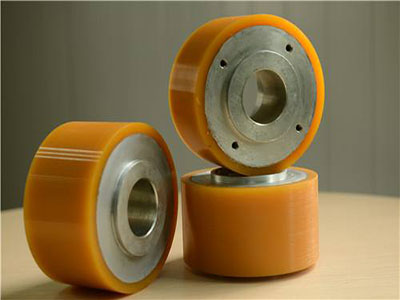
The choice between polyurethane wheels vs rubber wheels ultimately depends on the specific requirements of your application. Polyurethane wheels excel in durability, high load-bearing capacity, and resistance to chemicals and wear, making them ideal for heavy-duty and industrial environments. On the other hand, rubber wheels are more affordable, provide superior grip and quiet operation, and are perfect for lighter loads.
Understanding the unique pros and cons of both materials will help you select the right type of wheel to maximize performance, reduce maintenance costs, and ensure long-lasting efficiency in your applications.
Categories
Recent Cases
Recent Products
Recent Blogs
- Why Choose Injected Polyurethane (TPU) Wheels for Your Equipment
- Pallet Stacker Drive & Idler Wheels for Automated Warehouses
- Mold-on Polyurethane Wheels
- Analysis of the Causes of Cleanroom Stacker Polyurethane Wheel
- Why Are NDI Drive Rollers the Premier Choice for Pallets
- Polyurethane Wheels in Mining
- How Do You Maintain Polyurethane Wheel Longevity
- How Do Polyurethane Wheels Compare To Metal Wheels
- What Industries Benefit Most From Using Polyurethane Industrial Wheels
- Polyurethane Forklift Wheels for Warehousing Pallet Handling



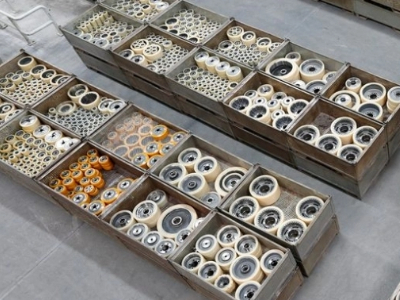
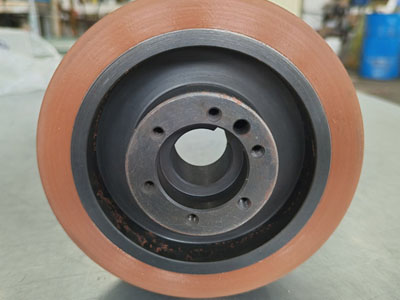
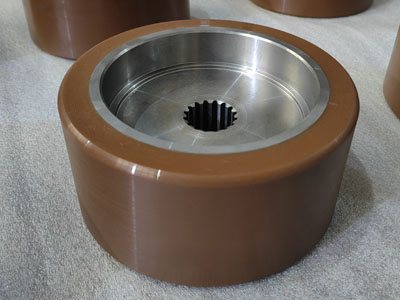
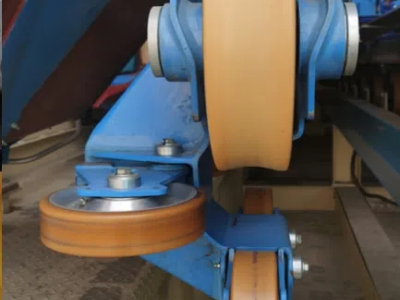
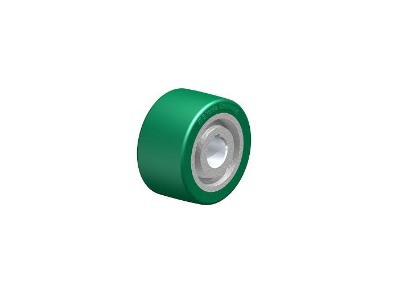
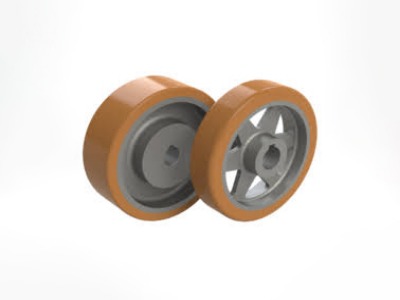
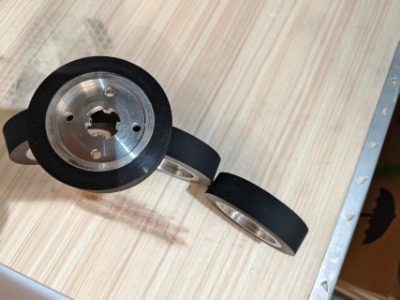
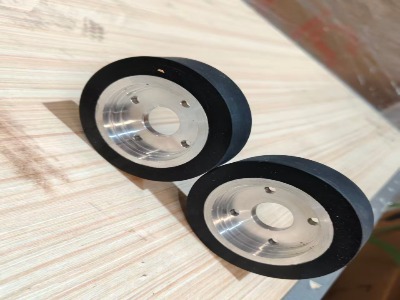
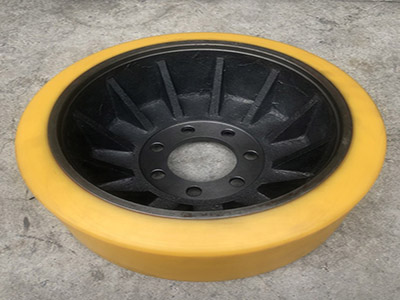
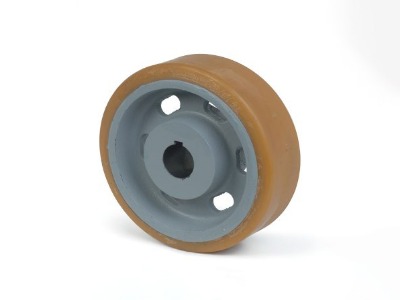
Are Outdoor Polyurethane Wheels Good for Use
Are Heavy-Load Poly-Coating Wheels Quiet on Hard Floors